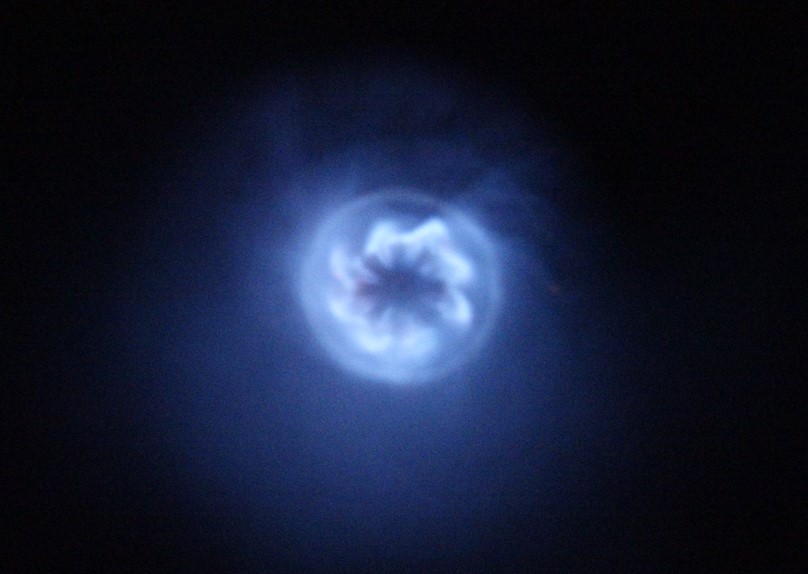Technical Summary: Influence of Chemical Kinetics and Turbulence on Combustion Emissions
Dan Wallace
Chemical kinetics and turbulence play critical roles in the formation and control of combustion emissions. Understanding their influence is essential for optimizing combustion processes and minimizing harmful pollutants. Here is a technical summary of how chemical kinetics and turbulence affect combustion emissions:
- Chemical Kinetics:
- Chemical kinetics refers to the study of chemical reactions and their rates. In combustion, it involves understanding the reactions between fuel and oxidizer that release heat and produce combustion products.
- The rate of chemical reactions impacts the time available for complete fuel oxidation, which affects the formation of emissions.
- Slow or incomplete combustion can lead to higher emissions of carbon monoxide (CO) and unburned hydrocarbons (UHC).
- Controlling chemical kinetics through proper fuel-air mixing, combustion chamber design, and optimal operating conditions can enhance combustion efficiency and reduce emissions.
- Turbulence:
- Turbulence refers to the chaotic and irregular flow patterns within a combustion system. It enhances mixing, promotes fuel-air interactions, and influences combustion characteristics.
- Turbulent flow creates smaller and more intense fuel-air mixing zones, increasing the contact area between fuel and oxidizer.
- Improved fuel-air mixing enables faster and more efficient combustion, leading to reduced emissions.
- Turbulence can also influence the residence time of reactants in the combustion zone, affecting the extent of fuel oxidation and emissions formation.
- Proper control of turbulence through burner design, air distribution, and flow dynamics optimization can enhance combustion efficiency and decrease emissions.
- Combustion Emissions:
- Combustion emissions primarily consist of carbon dioxide (CO2), water vapor (H2O), nitrogen oxides (NOx), sulfur oxides (SOx), particulate matter (PM), carbon monoxide (CO), and unburned hydrocarbons (UHC).
- Chemical kinetics and turbulence influence the formation and levels of these emissions through complex interactions.
- Efficient fuel oxidation driven by favorable chemical kinetics and enhanced by turbulence can reduce CO and UHC emissions.
- However, excessive turbulence can increase localized peak temperatures and promote the formation of NOx.
- Managing the interplay between chemical kinetics and turbulence is crucial to achieve optimal combustion performance while minimizing emissions.
To mitigate combustion emissions effectively, a comprehensive understanding of the intricate interplay between chemical kinetics and turbulence is required. Advanced computational models and experimental techniques enable researchers and engineers to analyze and optimize combustion systems, considering these factors. By employing strategies that promote efficient fuel oxidation, controlled turbulence, and proper mixing, combustion processes can be optimized to minimize emissions and improve overall environmental performance.

